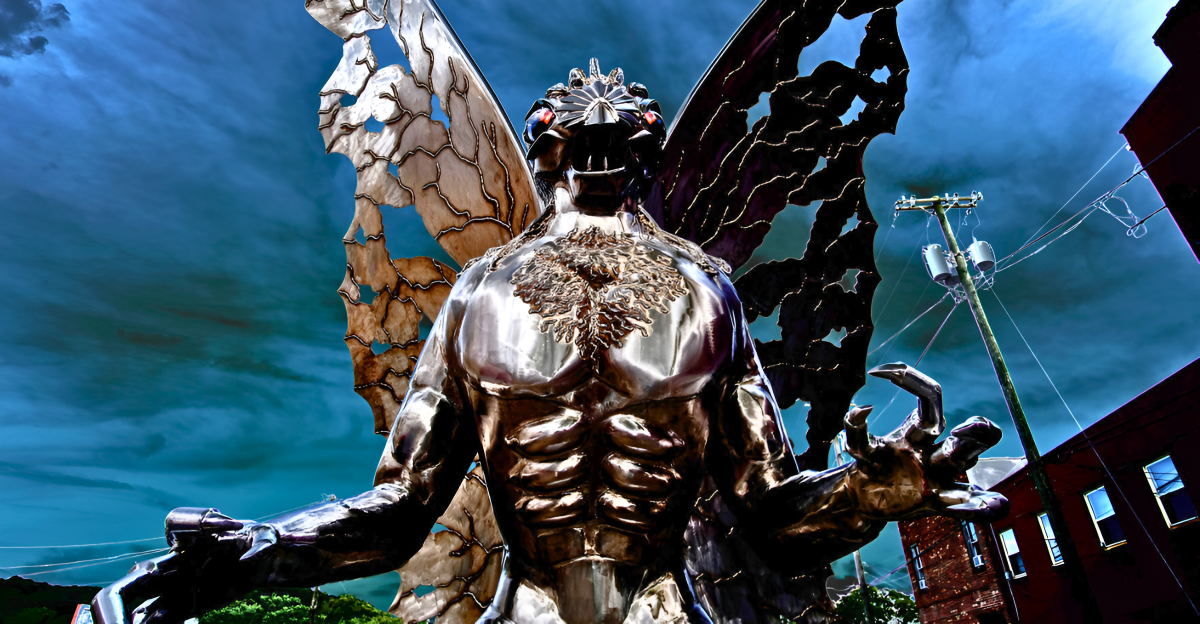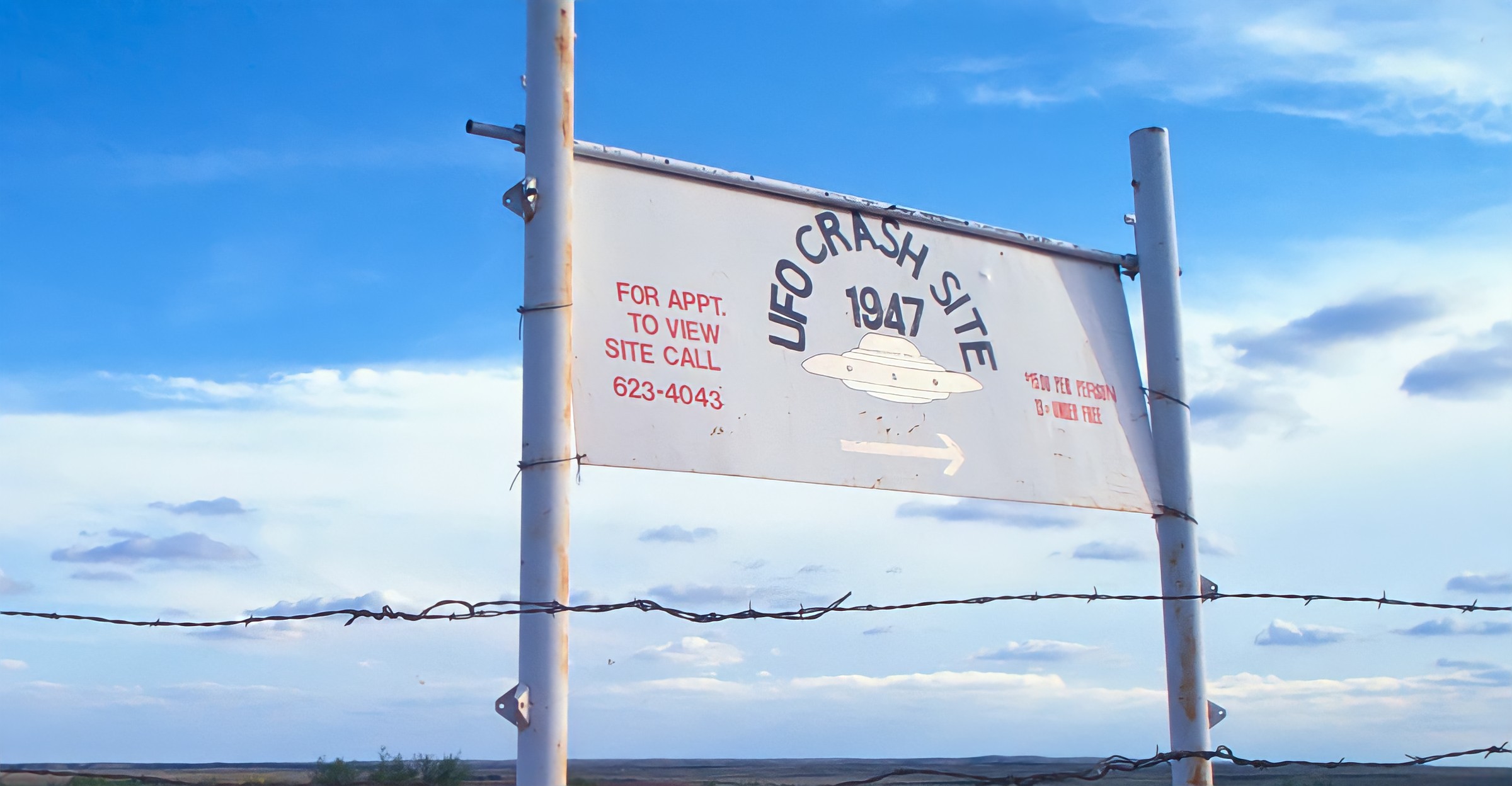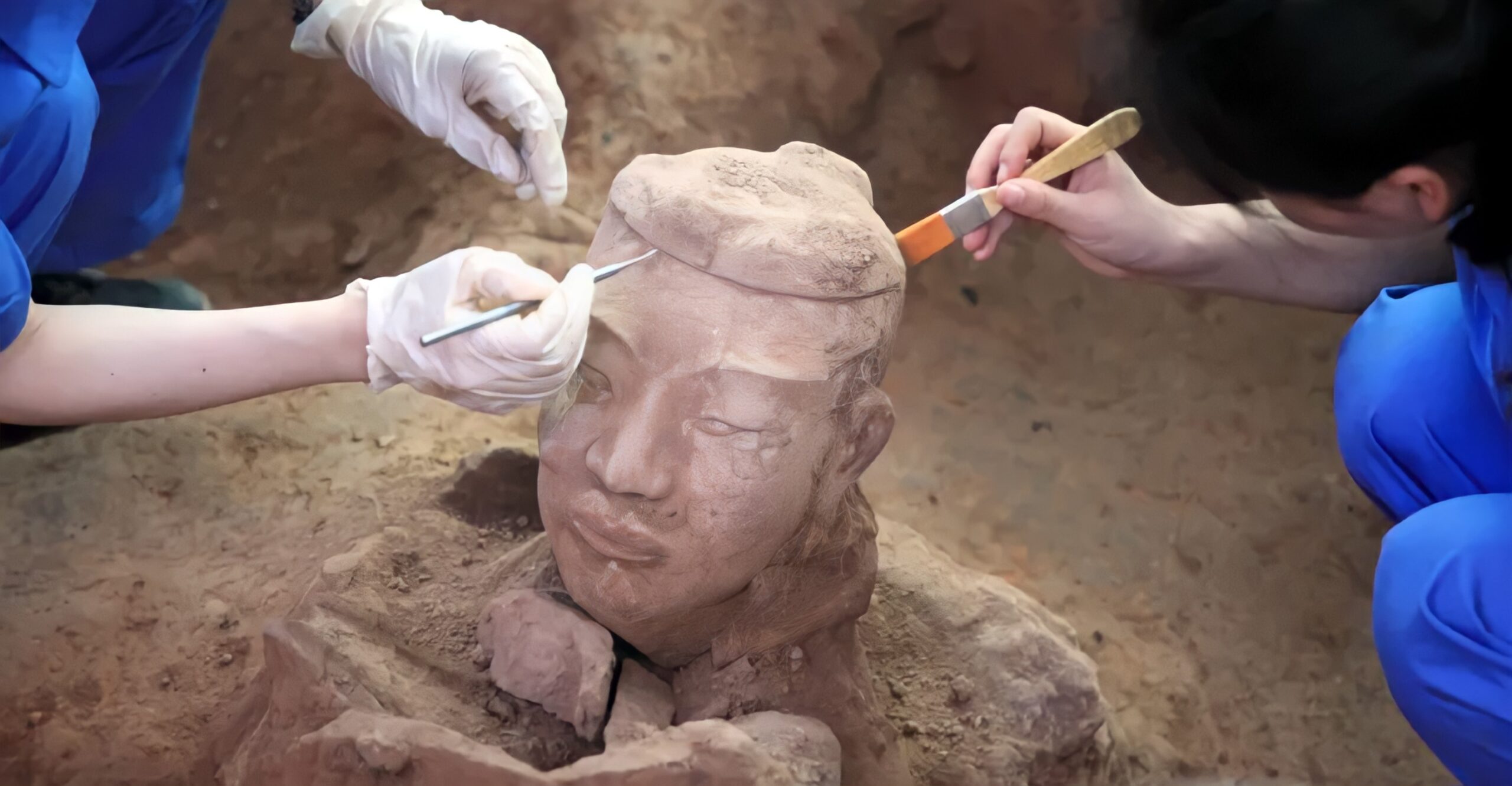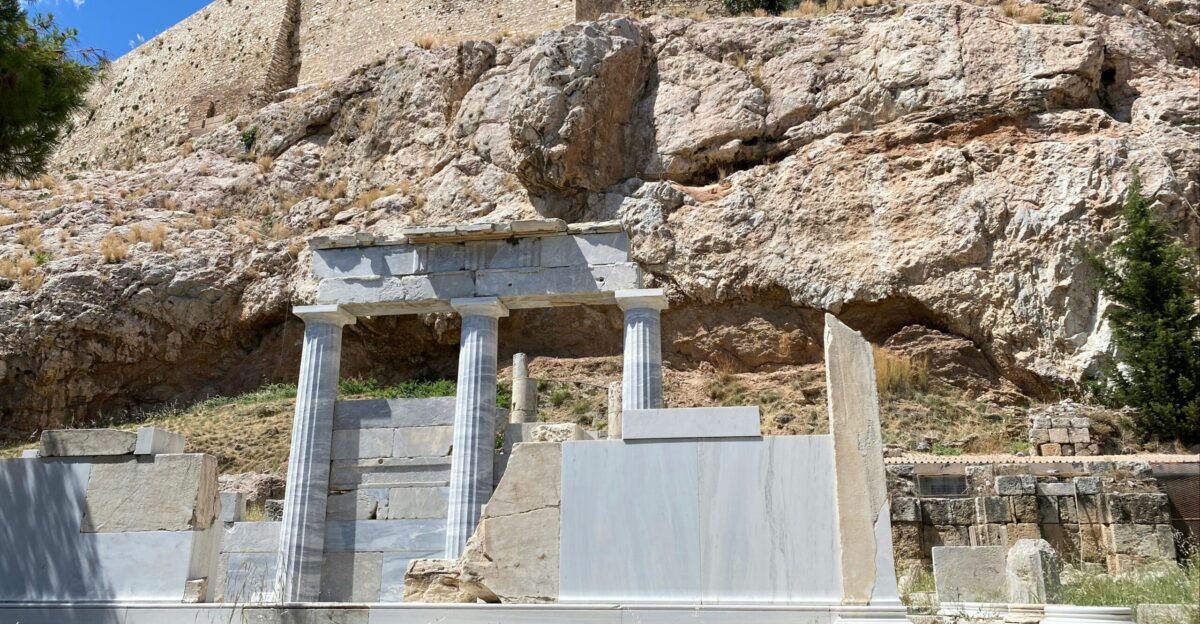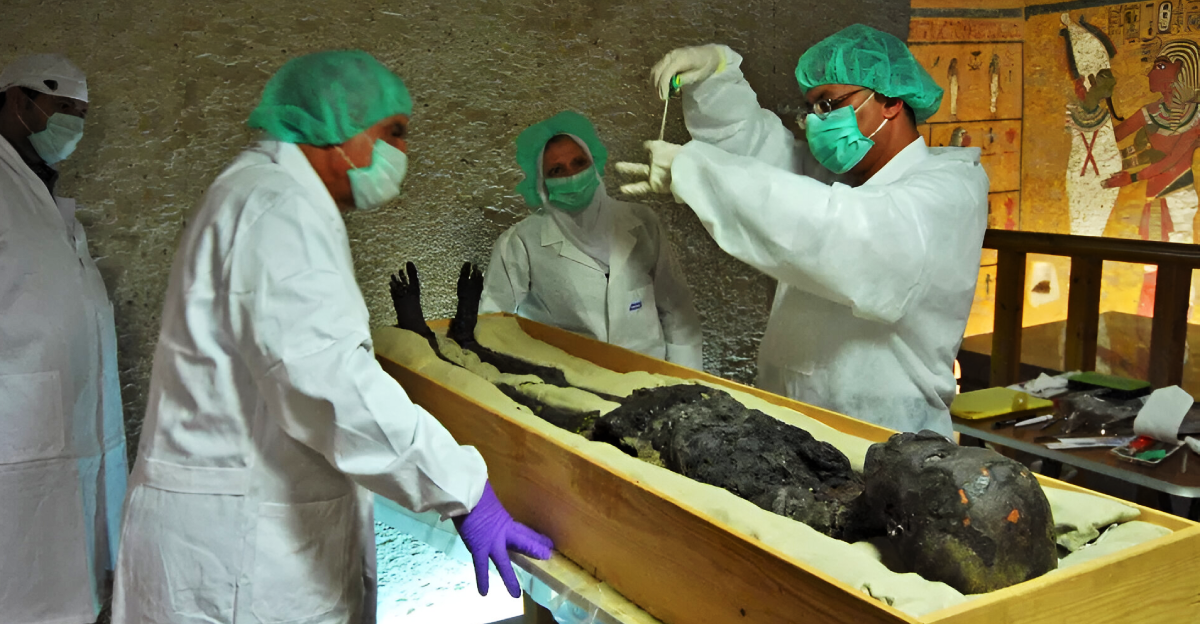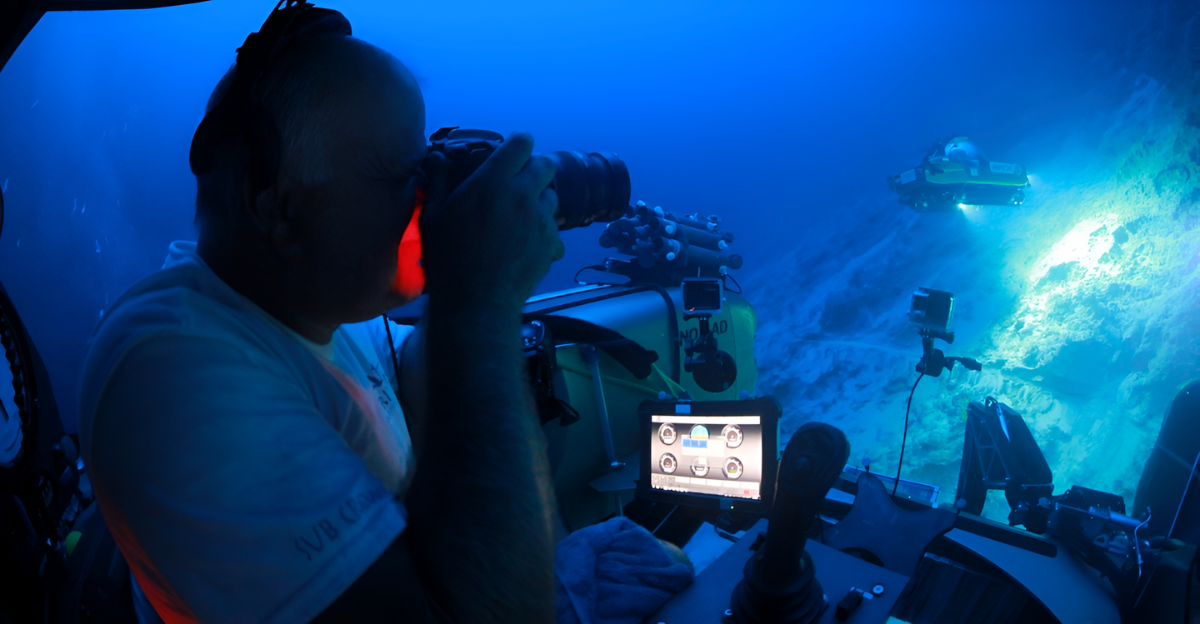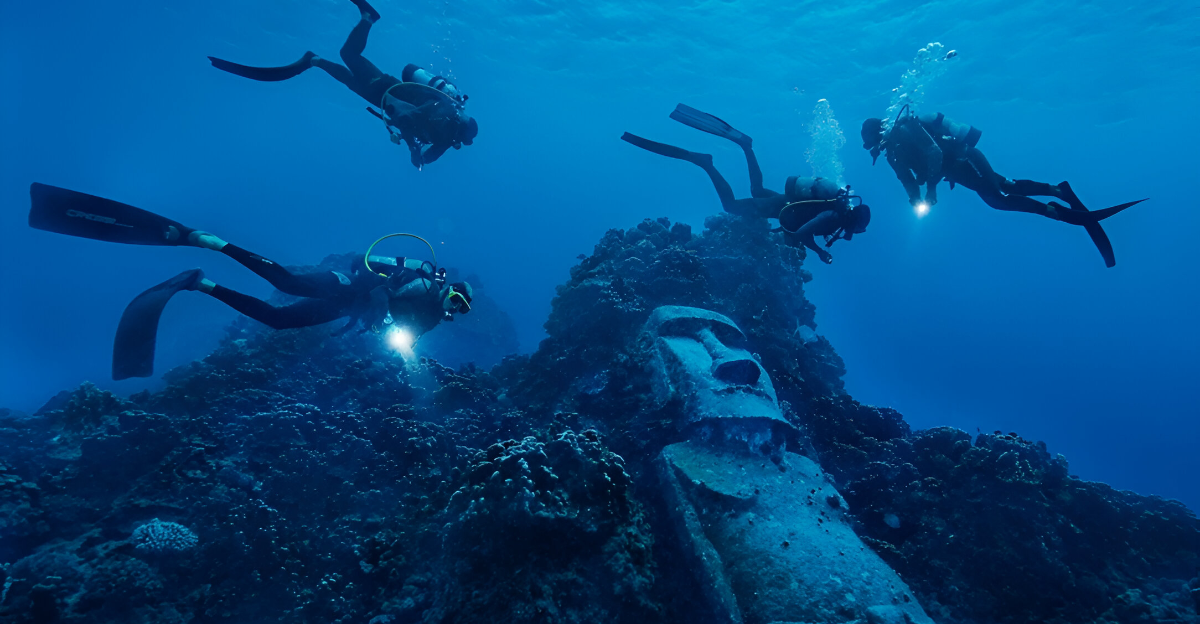
Thanks to America’s secrets, which have been long hidden, they are starting to emerge beneath America’s coasts and lakes.
People have started to become interested in underwater landscapes and the ancient people who lived there. New discoveries are changing what we once thought we knew about America’s history. This discovery tells a story of survival, creativity, and change.
Some ancient communities disappeared because of climate, disasters, or new ways of living, but their settlement sites are still waiting to be found underwater. These discoveries teach us about the past and affect how we see our environment and history today.
Who Once Inhabited this Location?
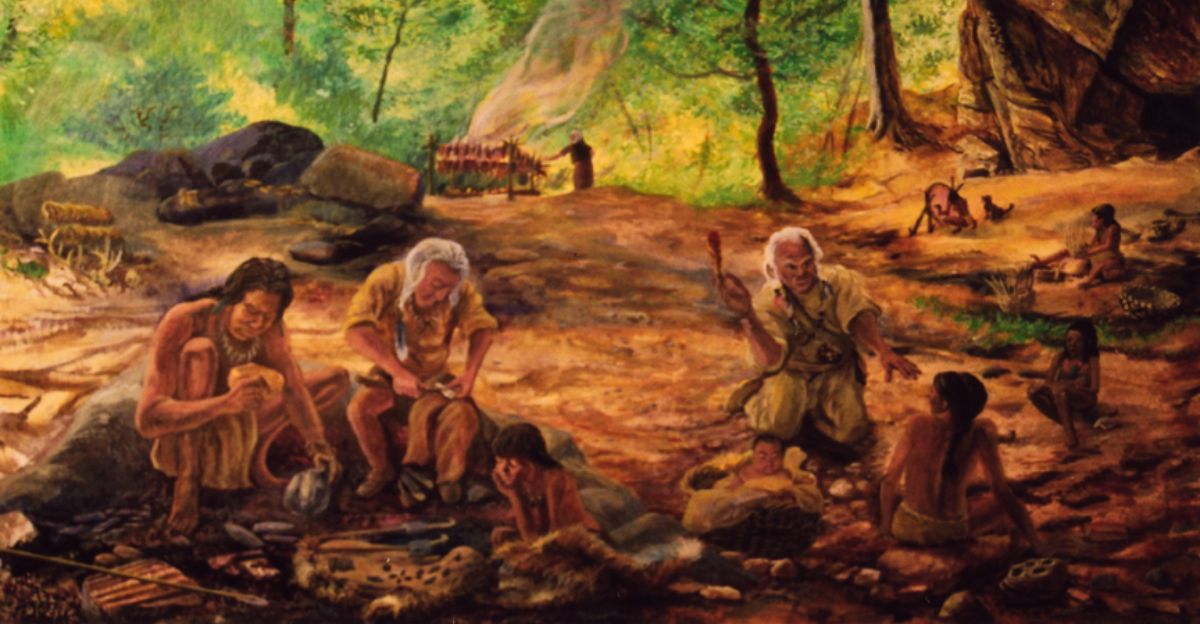
Research from archaeologists determined that the first people to build these now-underwater sites were Native Americans.
The first people to make these underwater sites were Native Americans who lived on this land thousands of years ago, during the Archaic period, over 7,000 years ago.
Today, their descendants, like the Seminole Tribe and other local Indigenous groups, still feel a strong connection to these places. They help protect and care for these sites, considering them essential for their history and culture.
As Paul Backhouse, Seminole Tribe of Florida Historic Preservation Officer, said, “We are happy to be working, shoulder to shoulder, with the Bureau of Archaeological Research and the residents of Manasota Key to identify a preservation plan that will allow the ancestors to continue to rest peacefully and without human disturbance for the next 7,000 years.” These sites are seen as sacred and very special to their community.
Here is What the Archaeologists Discovered
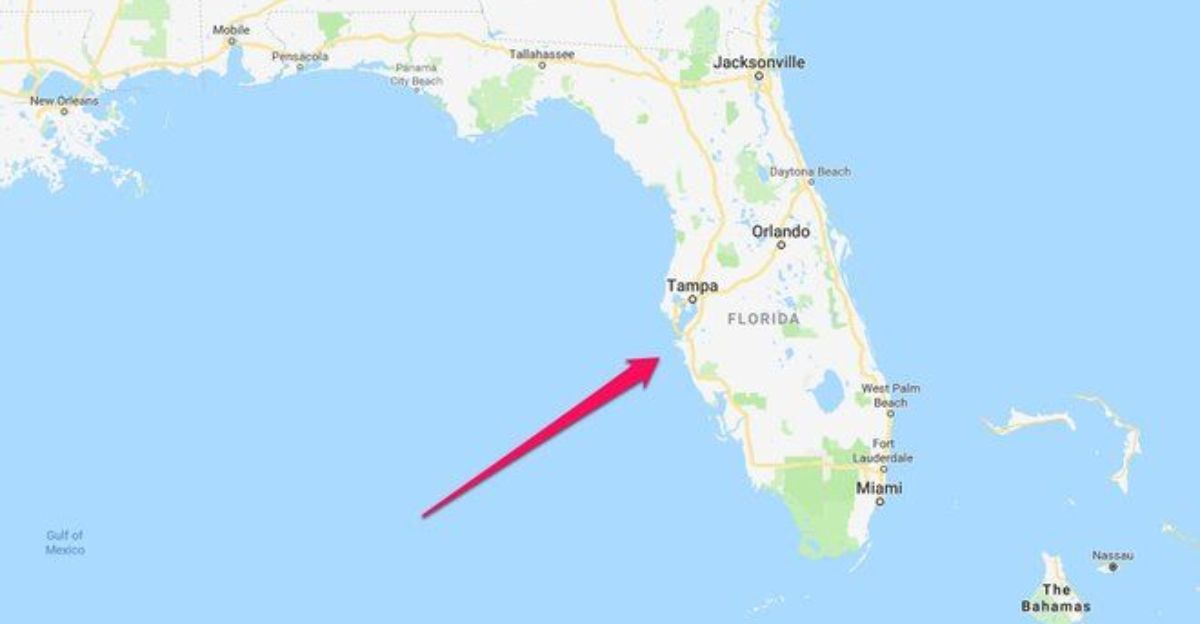
Archaeologists exploring the Gulf of Mexico near Florida made a remarkable discovery: they found an ancient Native American burial site called Manasota Key Offshore.
This site is approximately 7,200 years old. It used to be a freshwater pond where people were buried, but over time, the pond became covered by the ocean. “It’s a huge deal. We really don’t have any other examples quite honestly in North or South America of a prehistoric site with this level of preservation existing offshore,” said Ryan Duggins, Florida State Archaeologist.
At the site, they found human bones and wooden sticks used for burials, bits of fabric, and other ancient items. The way everything was preserved gives us a rare look into the lives and customs of ancient Native American people.
When Florida Was Land
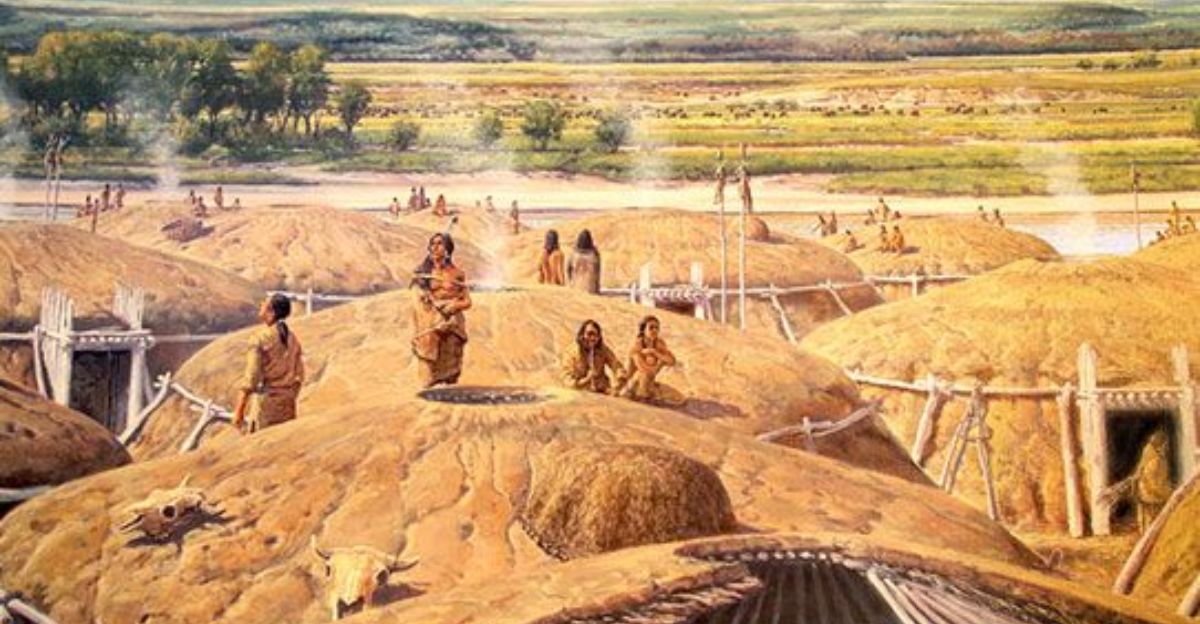
About 7,200 years ago, during the Archaic period, the Manasota Key Offshore site and other underwater ruins were once bustling areas of human activity. At that time, people living in Florida started settling down in villages and creating new traditions, like notable burials in ponds.
At that time, sea levels were much lower, leaving this land high and dry. As the years passed, glaciers melted and the oceans slowly rose, covering this land with water. Because of this, the remains of these early communities became hidden and remarkably well-preserved beneath the water.
Preserved in the Gulf
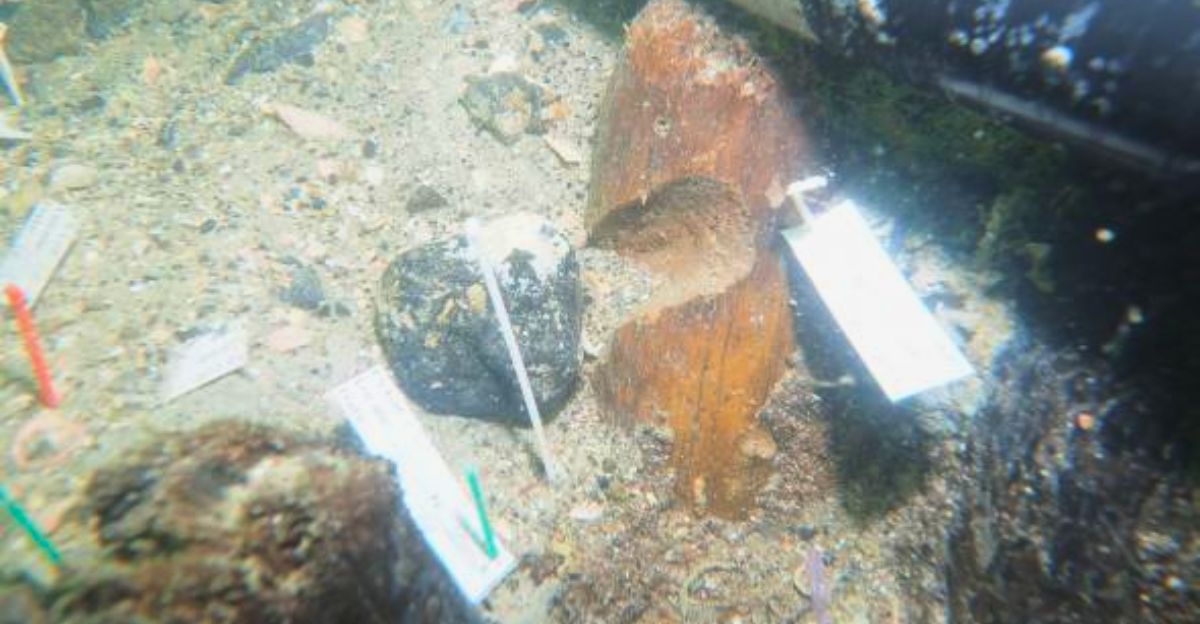
The Manasota Key Offshore site is about a quarter-mile from the current shore near Venice, Florida, and is now 21 feet underwater in the Gulf of Mexico. Many years ago, this area was dry land, and the pond (where people were buried) was about nine feet above sea level.
This offered a much bigger piece of land than Florida has now. Rachael Kangas of the Florida Public Archaeology Network explained, “This site would have been a freshwater pond when it was being used. It would have been on dry land and is now in the ocean.” The exact location of this site is not readily available to protect the area.
Why This Location Was Chosen
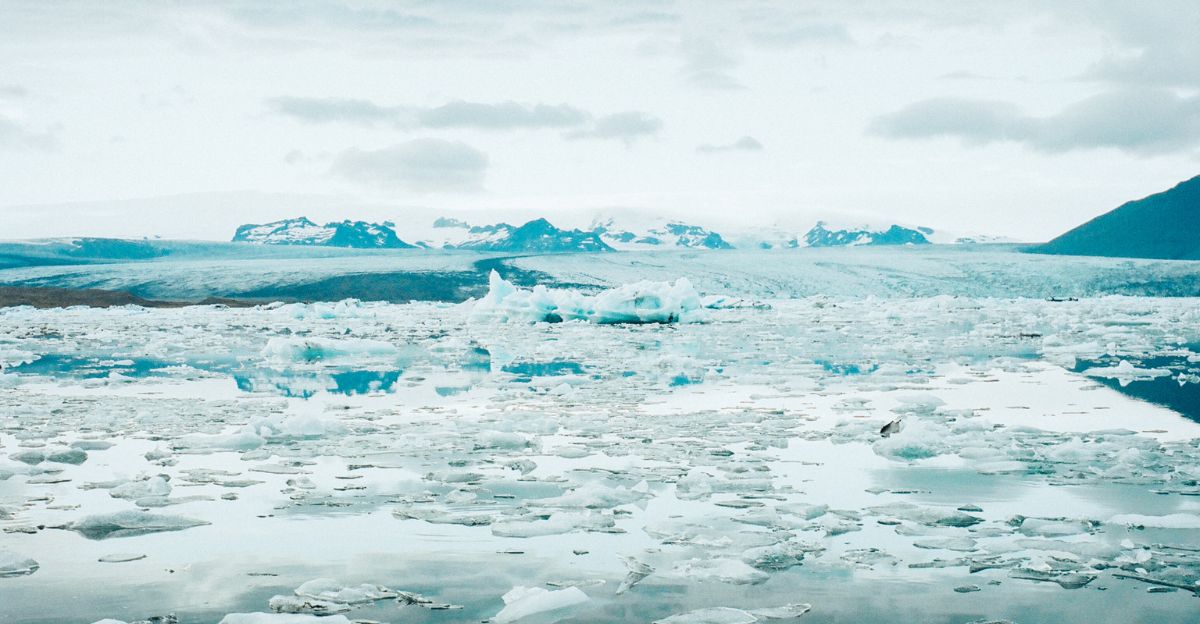
These sites were originally built near sources of freshwater, which was important for their daily use and ritual ceremonies. The pond used for burials shows how people mixed everyday needs with their spiritual beliefs.
After the last Ice Age, the climate changed and sea levels rose, flooding the land where people once lived. The combination of thick, rich soil and protective pear layers, not to mention being covered by water quickly, meant that the burials and artifacts were well preserved. This has allowed scientists to learn a lot about how early Native Americans lived and what they believed.
The Significance for Archaeologists
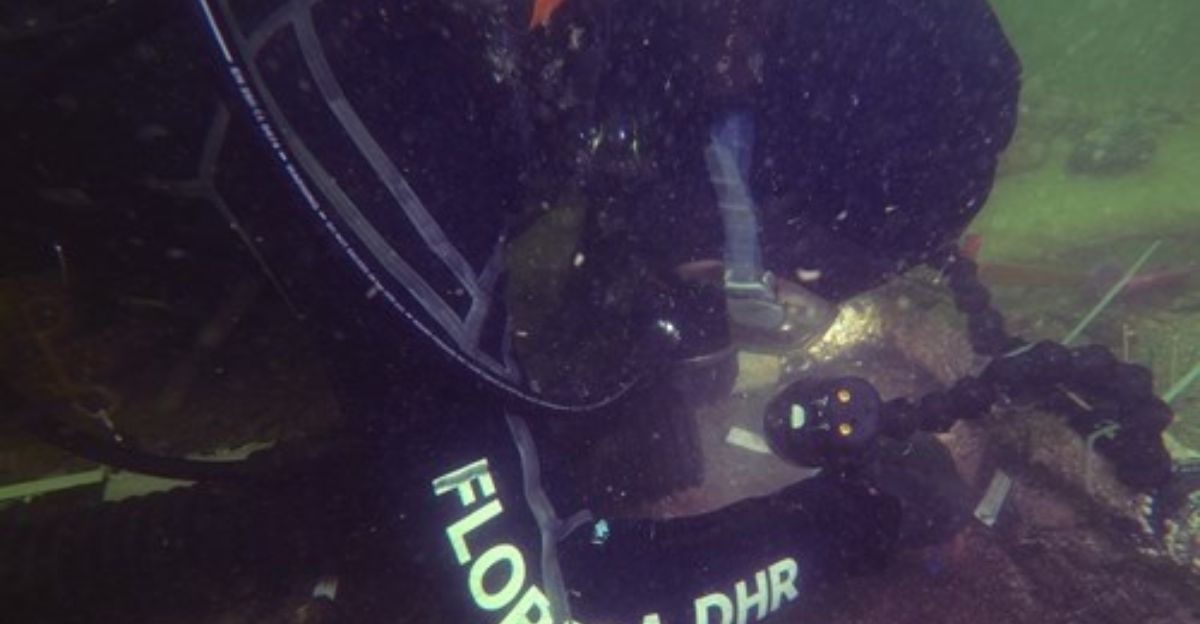
Manasota Key Offshore is the first ancient burial site ever found well-preserved underwater in the Americas, and only a few like it exist worldwide. This discovery shows that other hidden sites might still be on the ocean floor, especially in the Gulf of Mexico. This area was mainly searched for shipwrecks, not ancient settlements.
“The continental shelf is kind of the next frontier of archaeology,” commented Ryan Duggins. This discovery is changing how scientists think about old sites now under the sea and gives them new ways to explore and investigate America.
The Start of This Investigation
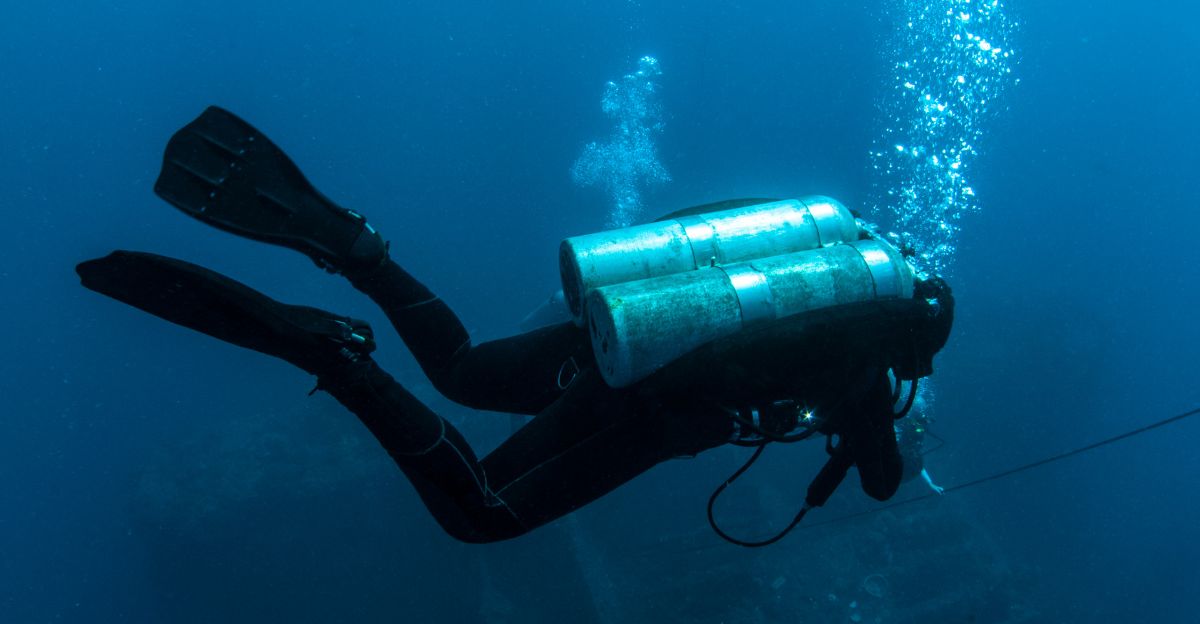
It was pure luck that this site was found. In 2016, a fossil hunter was diving in search of prehistoric shark teeth when he stumbled upon human bones and made the correct decision to report it to the Bureau of Archaeological Research.
“As soon as we were there, it became clear that we were dealing with something new,” said Ryan Duggins of the Florida Bureau of Archaeological Research. Archaeologists then used advanced, non-invasive techniques like magnetometry, sub-bottom profiling, and side-scan sonar to make a map without digging up the site to find out what was buried there.
They found several burial areas and the remains of old wooden structures. Researchers continue to use careful, non-damaging methods to study and protect the site for the future.
Preservation and Respect Go a Long Way
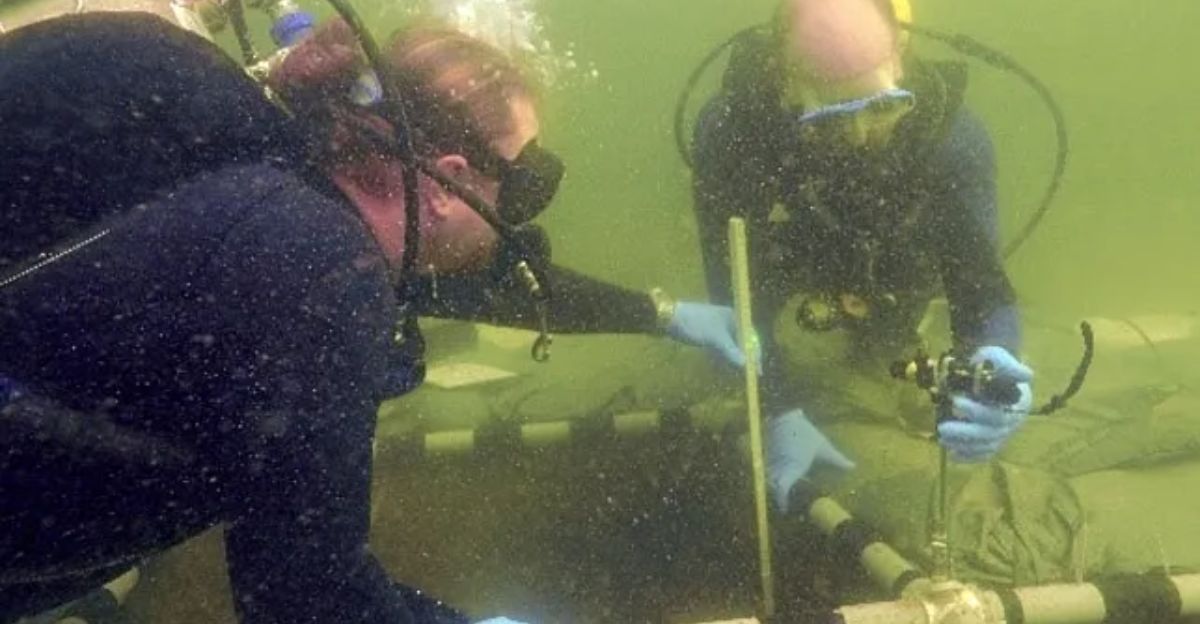
Protecting the Manasota Key Offshore site is essential; strong Florida laws keep it safe. Because it is a special and sacred burial place, people are not allowed to dig up, disturb, or take anything from the site unless they have special permission.
Paul Backhouse emphasized, “The highest priority of all involved is to honour tribal beliefs and customs concerning this ancestral resting place.” The Florida Department of State added, “Peat slows the process of organic decay, which allowed the site to stay well preserved.”
Archaeologists must collaborate with Indigenous communities to ensure that the site is treated with the respect and care it needs. This teamwork demonstrates a new way of doing archaeology that values both science and the wishes of the site’s descendants.
Can Other Sites be Compared With This One?
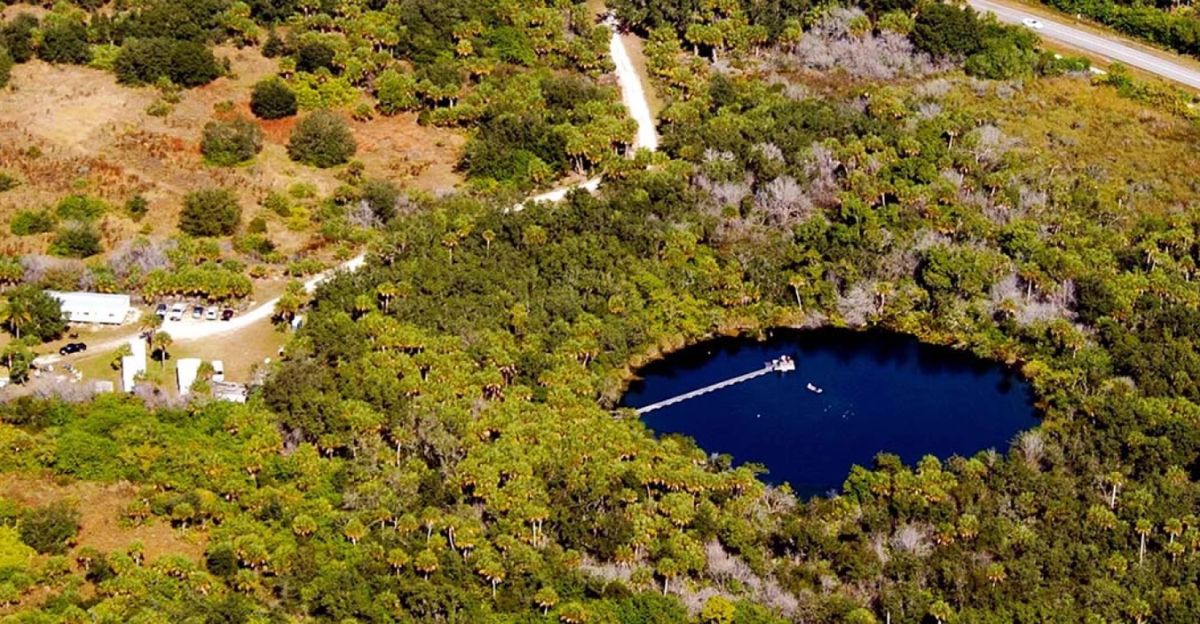
The Manasota Key Offshore site is just one of Florida’s important underwater archaeological sites. Little Salt Spring, for example, is a freshwater sinkhole containing evidence of human activity and burials dating as far back as 12,000 years.
In other parts of the country, like Glen Canyon and Lake Powell in the Southwest, ancient ruins that belonged to the ancestors of Native American groups are sometimes revealed when water levels drop. These sites allow us to learn about the adaptability and diverse nature of America’s first inhabitants.
Underwater Time Capsules
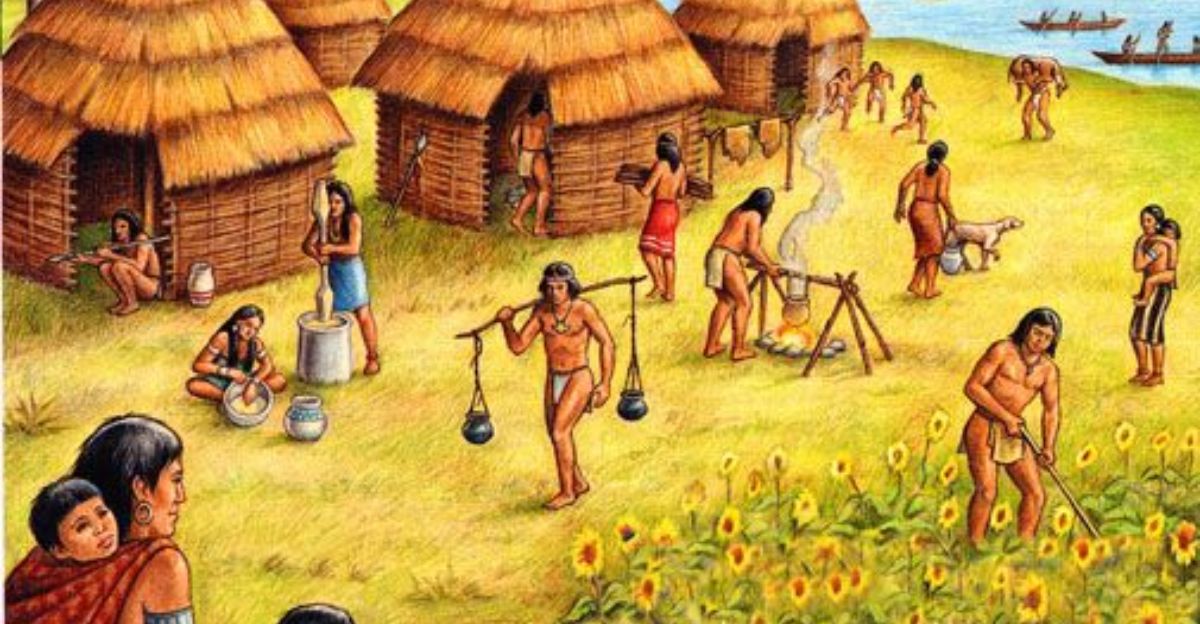
Underwater burial sites that are preserved provide us with excellent archives of past weather, plants, animals, and technology. Things like wooden sticks, pieces of cloth, and even old food can last long underwater because the wet mud keeps them from rotting.
Being able to study these items means that experts can now learn what ancient Native Americans ate, how they adapted hunting techniques, and what tools they made.
These discoveries also help scientists picture what the land looked like long ago and show how significant changes in the climate, like rising sea levels, have affected people over thousands of years.
How Technology Helps Us
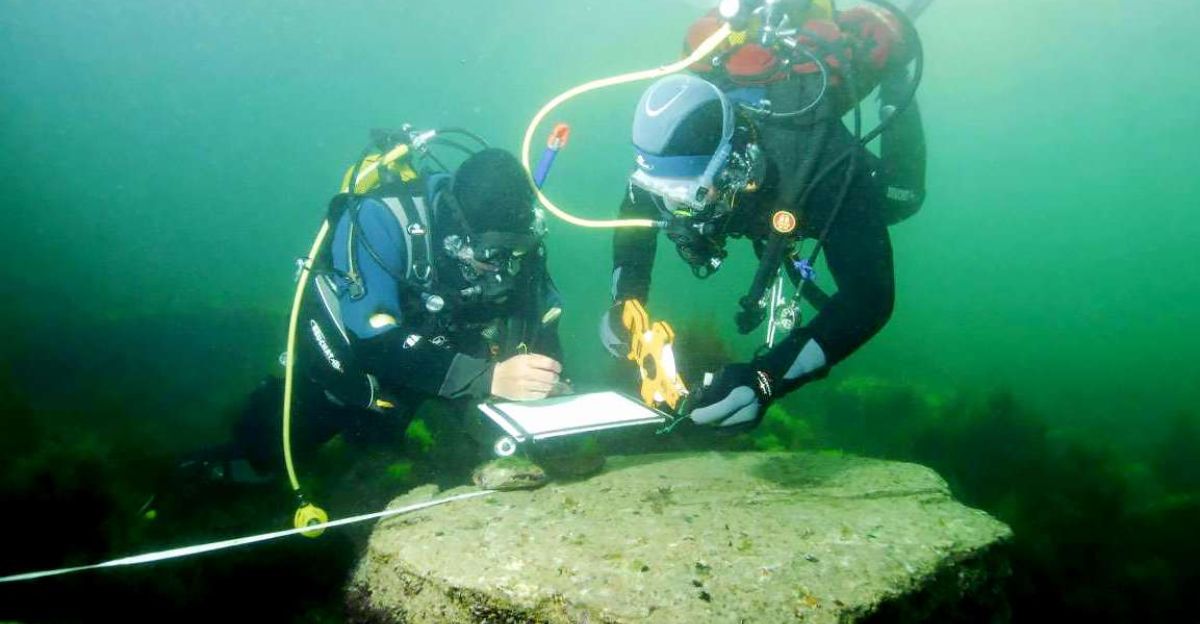
Modern underwater archaeology is changing our ability to find and study ancient buried sites. Today, they can use special tools like sensitive electronic instruments that look under the seabed without needing to dig, which can help us map our hidden remains and structures.
“Our dedicated team of underwater archaeologists has done an incredible job documenting and researching the Manasota Key Offshore archaeological site, and I am incredibly proud of the work. We hope this discovery leads to more knowledge and a greater understanding of Florida’s people,” stated Ken Detzner, Florida Secretary of State. Their work also proves that new methods can be used to find other underwater sites.
The Gulf is the Only Place of Discovery, right?
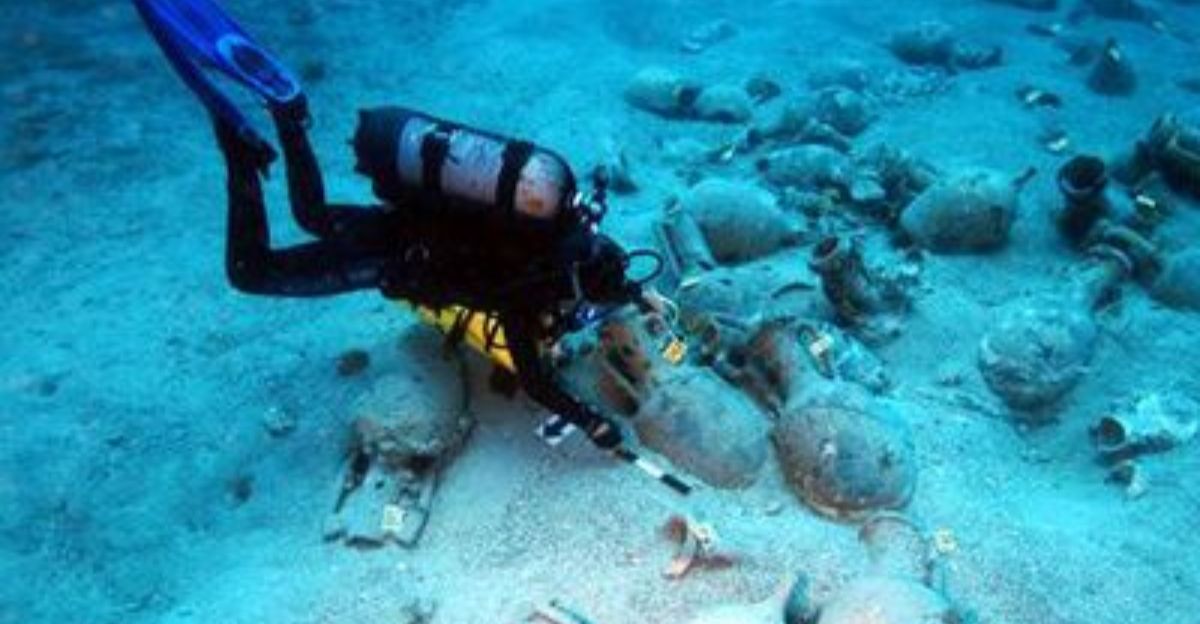
Wrong! Discoveries like this aren’t only found in North America. Off the coasts of Australia and Europe, scientists have also found evidence that ancient people once lived on land that is now underwater because melting glaciers raised the sea levels and covered those areas.
Cross-comparisons between these discoveries from different continents are crucial because researchers can better understand how early humans migrated, survived, and adapted to big changes in the environment a long time ago.
Teaching Moments and Public Awareness

Sites like Manasota Key Offshore are great for teaching students and the public. The way these ancient remains have been preserved and can be studied helps people foster a better appreciation of North America’s history.
The Executive Director of Historic Spanish Point, John McCarthy, notes, “It is very rare to see so many groups cooperating so freely on something like this.” No, museums, documentaries, and websites are all starting to share more about underwater archaeology, inspiring young people to learn how the past connects to today. Hopefully, there will be plenty more discoveries in the future.
Ongoing Research
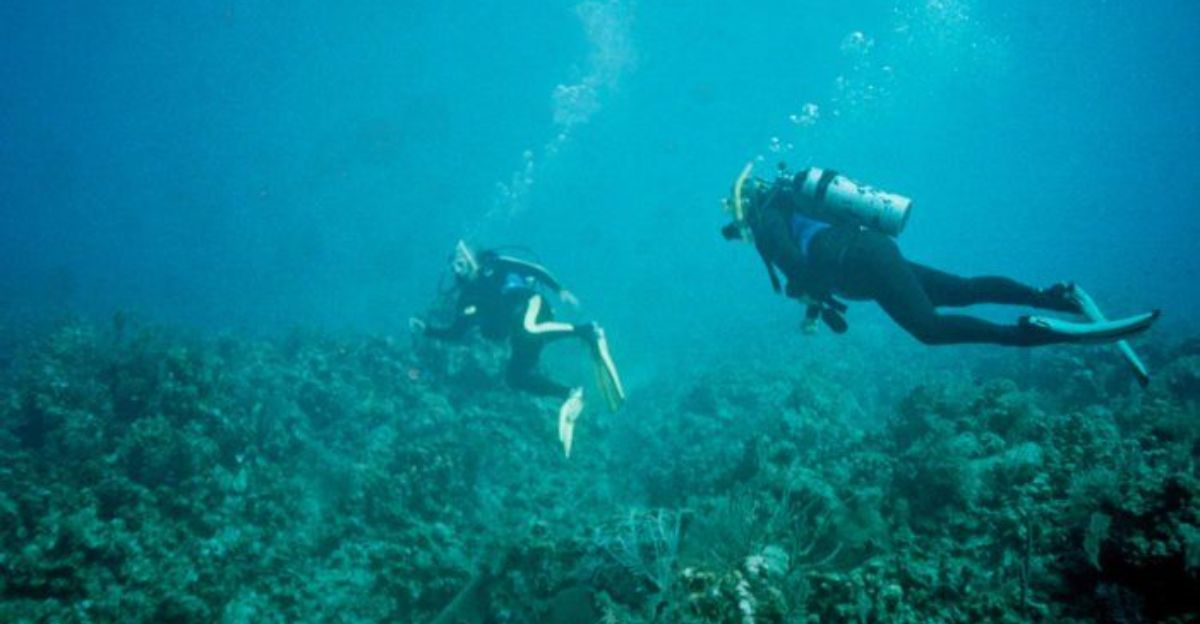
Work at Manasota Key Offshore is far from finished. Every year, underwater archaeologists discover more as they improve their methods and find new remains and objects.
Seeing a 7,000-year-old site so well preserved in the Gulf of Mexico is awe-inspiring. We are truly humbled by this experience,” said Ryan Duggins. Scientists from different fields, such as genetics, plant studies, and climate research, keep learning more from the site while protecting it and not digging it up too much.

